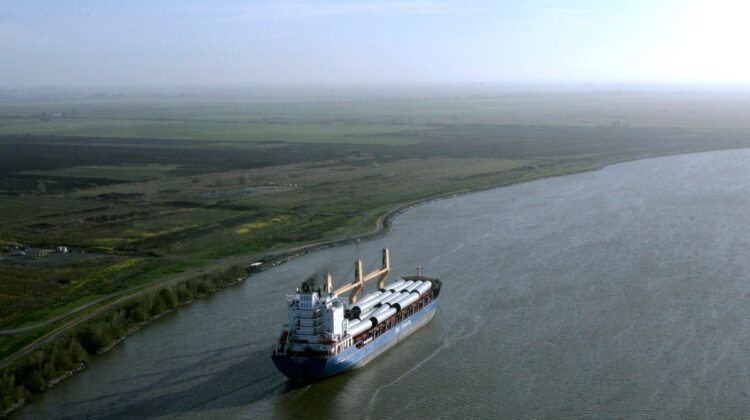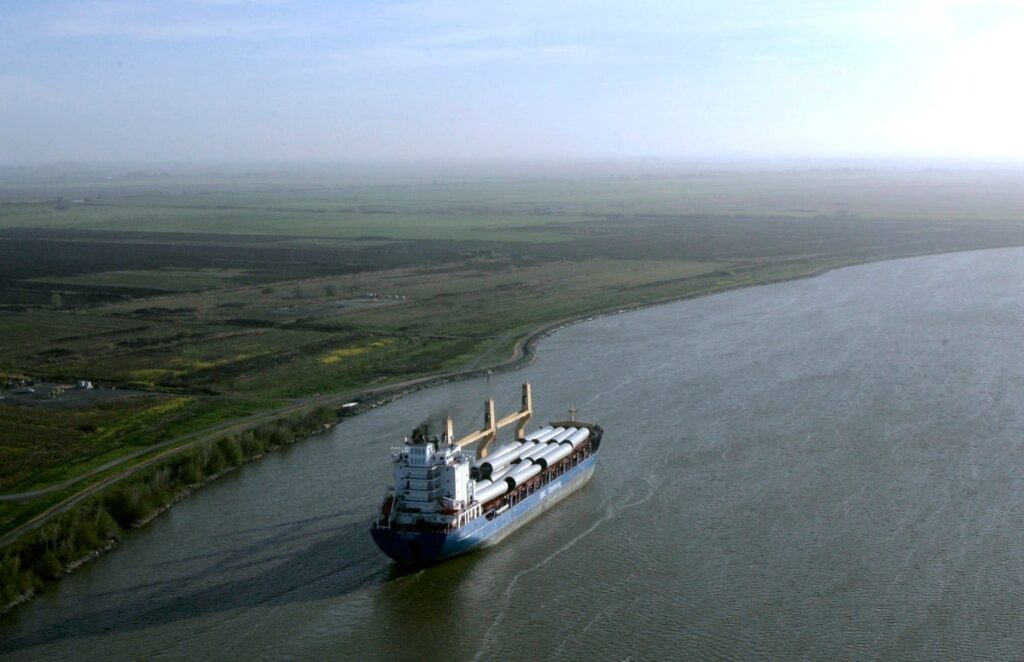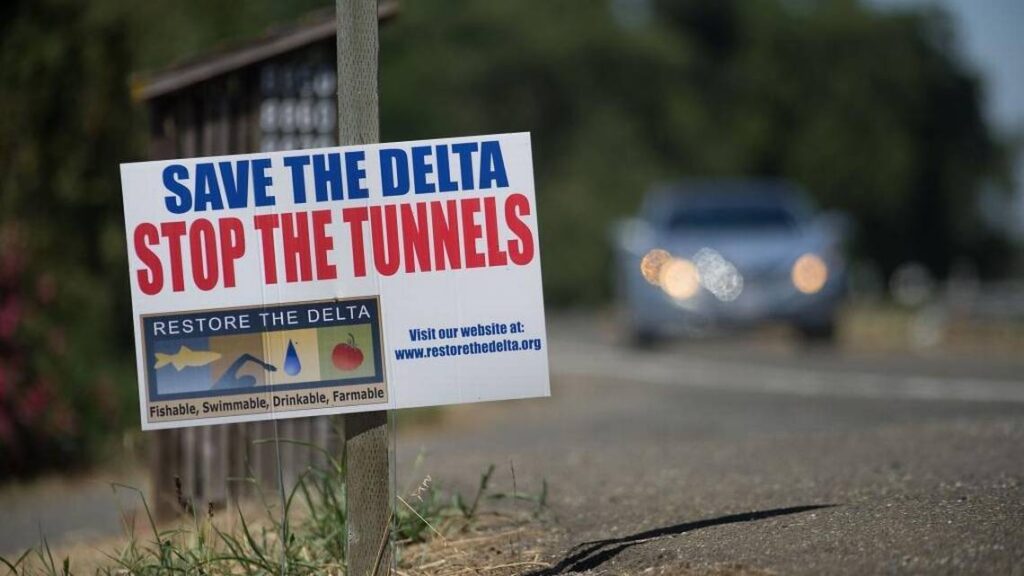
California Governor Gavin Newsom’s administration announced on Thursday that constructing a massive water tunnel to capture and store rainwater will now cost over $20 billion. This tunnel aims to address the prolonged droughts exacerbated by climate change.
State regulators have pursued various iterations of a water tunnel system for decades. The current plan, advocated by the Democratic governor, scales back from the two tunnels proposed by his predecessor, Jerry Brown, to a single giant tunnel. Newsom’s administration argues this tunnel will effectively capture more water from the Sacramento River during significant storms, directing it southward for storage.
In 2020, the project’s cost was estimated at $16 billion. The new analysis, however, places the price at $20.1 billion, attributing the increase mainly to post-pandemic inflation.

Funding for the project will come from 29 local public water agencies, which rely on customer payments.
The Berkeley Research Group conducted the analysis, funded by the state, which predicts the tunnel will generate $38 billion in benefits. These benefits primarily stem from an enhanced water supply that would be safeguarded against natural disasters like earthquakes.
“The benefits clearly justify the costs,” stated David Sunding, emeritus professor at the University of California, Berkeley, who led the analysis.
Despite this optimistic outlook, the tunnel remains highly controversial. Environmental groups argue its construction will severely damage the already fragile ecosystem of the Sacramento-San Joaquin River Delta, the largest estuary on the West Coast, home to endangered salmon and other fish species.

The analysis highlights environmental impacts, including the loss of agricultural land, reduced water quality in the Delta, and adverse effects on air quality, transportation, and noise levels.
“Instead of foisting the costs of this boondoggle project onto Californians, the state should invest in sustainable water solutions that promise to restore the Delta ecosystem, not destroy it,” said Barbara Barrigan-Parilla, executive director of the environmental advocacy group Restore the Delta.
In response, state officials mention that the project now includes $200 million for grants to support local projects in areas affected by construction.
Beyond environmental issues, the tunnel project has become a political flashpoint in the Central Valley’s farming communities, where it is perceived as an attempt by Southern California to appropriate their water. While most of California’s population resides in the southern part of the state, the majority of the water comes from the north. Consequently, state legislators have blocked efforts to expedite the tunnel’s construction.

“This new analysis acknowledges what we’ve known all along: the Delta Tunnel is meant to benefit Beverly Hills and leave Delta communities out to dry,” stated U.S. Rep. Josh Harder, a Democrat representing Central Valley communities such as Stockton, Lodi, and Galt. “I’m sick and tired of politicians in Sacramento ignoring our Valley voices and I will do everything in my power to stop them from stealing our water.”
The tunnel would integrate into the State Water Project, a complex system of reservoirs, dams, and canals providing water to 27 million people and irrigating 750,000 acres of farmland.
Climate change poses a significant threat to this water supply. The recent drought, the worst on record, depleted reservoirs statewide to dangerously low levels, leading to mandatory rationing and the shutdown of some hydroelectric power plants. State officials predict that by 2070, the State Water Project deliveries will decline by 22% due to climate change.

The proposed tunnel, measuring about 45 miles long and 36 feet wide, would transport more than 161 million gallons of water per hour. State officials claim it will enable the state to capture more water during “atmospheric rivers”—intense storms that can inundate the state for weeks during the rainy season.
The latest analysis suggests the tunnel will boost water deliveries by approximately 17%, nearly compensating for the anticipated decline caused by climate change.
“There is a very real cost to do nothing. It is vastly more efficient and economical to avoid declining supplies,” said Karla Nemeth, director of the California Department of Water Resources. “Water shortages, mandatory restrictions, land fallowing, and job loss all impact our state and local economies.”

Leave a Reply